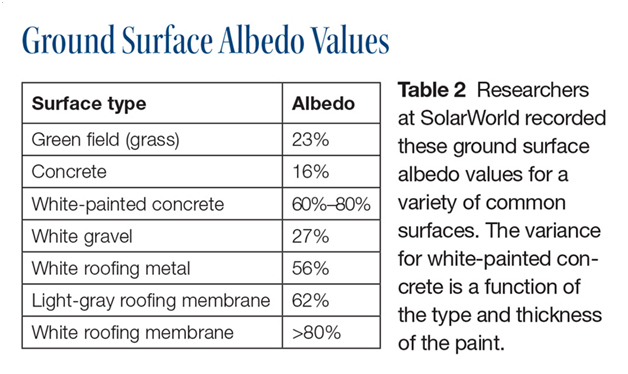cotswoldstony
New Member
Hi All, posting to find out how well bifacial panels stand up to the makers claims and if there is any member with them to comment.
Any help would be appreciated.
Any help would be appreciated.
What is Galvalume?
U. S. Steel GALVALUME® Steel Sheet is carbon steel sheet coated with aluminum-zinc alloy by a continuous hot-dip process. The nominal coating composition is 55% aluminum and 45% zinc. ... These attributes make GALVALUME® steel sheet the preferred material for roofing.
Very impressive output, can't wait to see what you did for that.... they are heavy, about ten pounds more for a residential panel. But so far, 15-25% more output than my typical high quality brand new traditional mono panels.
Hey HarryI am personally using them at my home & the results are quite awesome. They perform well even in low light conditions like early morning or late evening. Here are a few things that you can do to increase the efficiency of
1. Make sure to clean them every week.
2. Paint the roof with white color so that more light gets reflected, increasing overall production or using a white roofing membrane.

You can consider the albedo values given in the above image. If you want to know anything else, feel free to reply to me!


